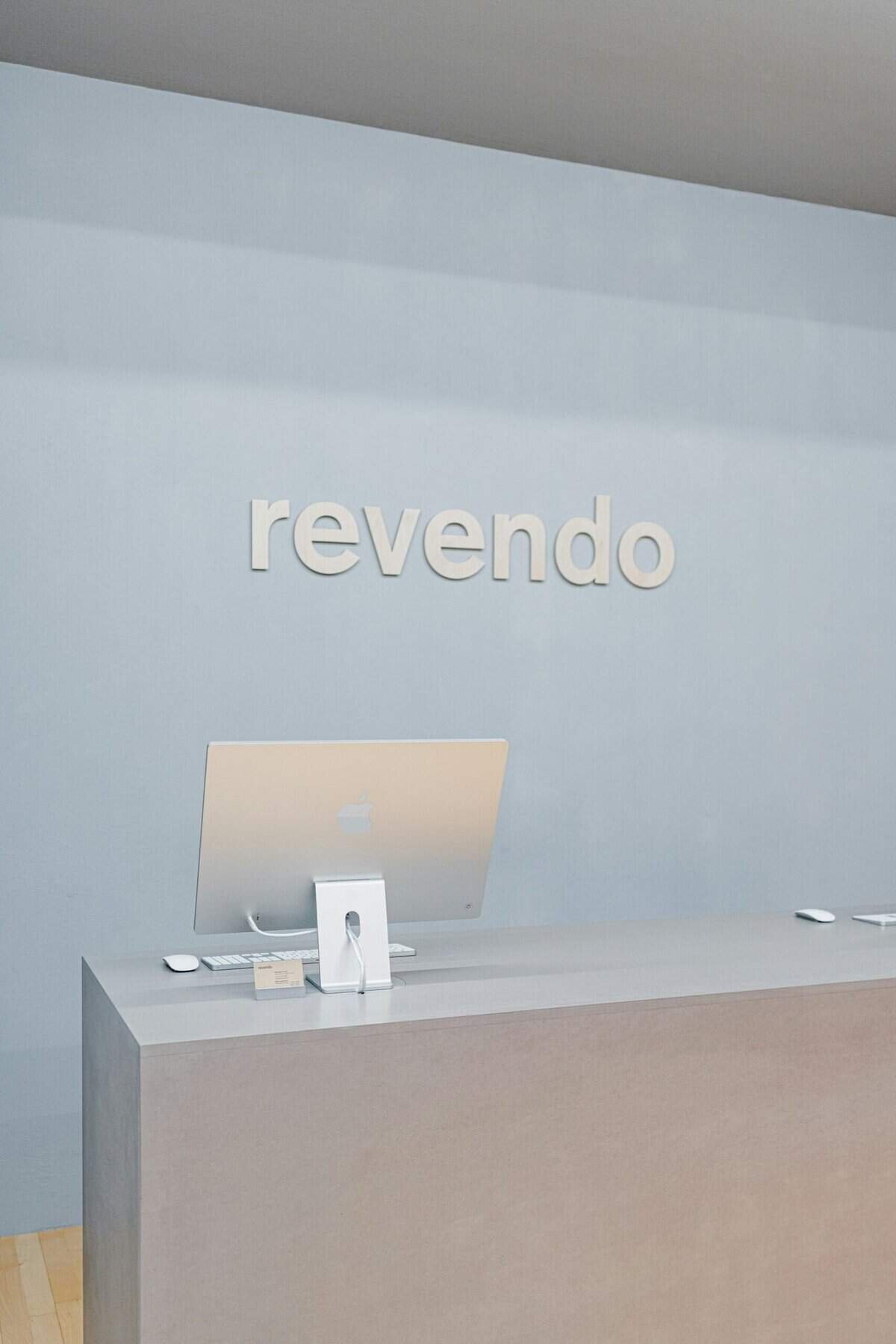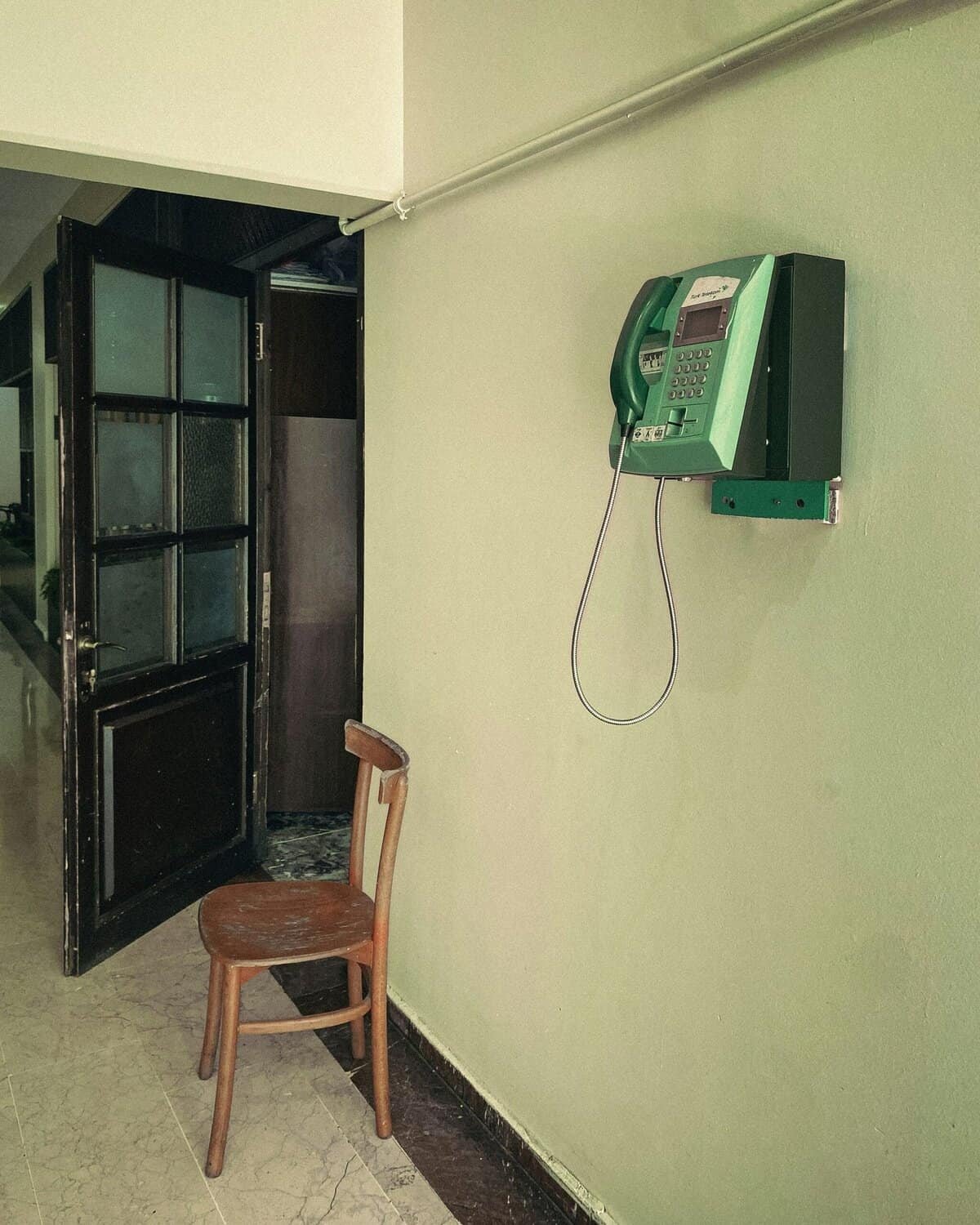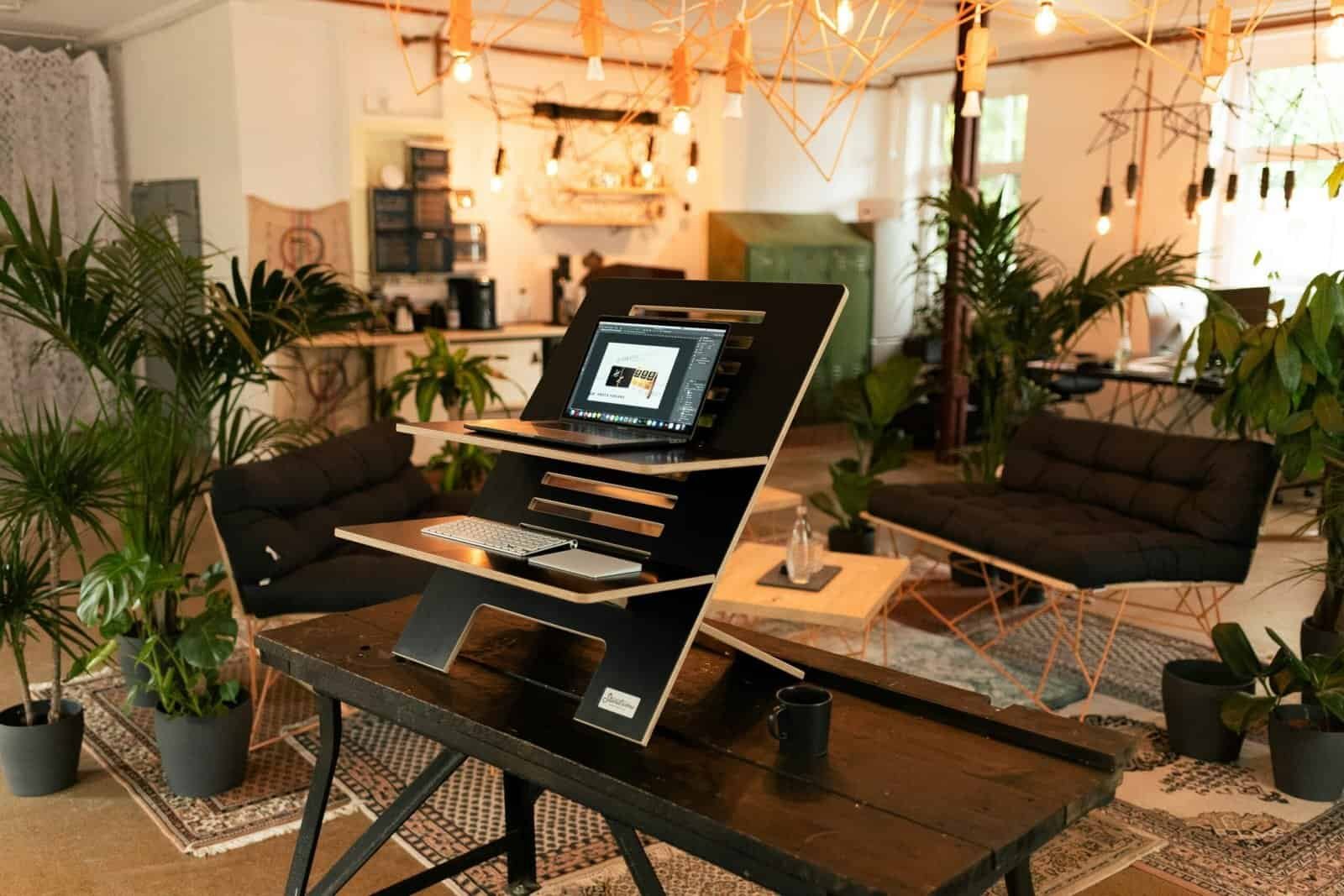Have you ever thought about taking your freelance design career to the next level by launching your own agency? Embracing the adventurous nature of entrepreneurship, you might feel a mix of excitement and apprehension. The transition from a solo freelancer to an agency leader can be both thrilling and challenging. Especially when considering the opportunities brought by working with remote interns to expand your capabilities and reach. Together, let’s embark on this journey, navigating the nuances of establishing your design agency, all while harnessing the power of remote collaboration.

The Leap from Freelancer to Agency Owner: Why and How
Freelancing as a designer often gives you unparalleled freedom, creative control, and the luxury to hand-pick projects that resonate with your artistic vision. However, as your clientele grows, so do the demands on your time and resources. Transitioning from a freelancer to an agency owner allows you to scale your operations, accommodating larger projects and more clients without compromising on quality or burning out.
Embracing the Entrepreneurial Spirit
Launching an agency is a bold step that calls for an entrepreneurial mindset. You’ll no longer wear just a designer’s hat; you’ll step into roles like manager, strategist, and mentor. This journey requires planning, strategy, and a willingness to adapt.
Knowing When to Make the Transition
Timing is crucial. You’ll want to assess your current workload, client base, and long-term goals. Are you turning down projects because you’re at capacity? Do you envision creating a legacy brand? If your freelance business is consistently thriving and you’re yearning for growth, it might be time to launch your agency.
Setting Up Your Agency: The Blueprint
Starting your own agency sounds grand, but where do you begin? The process involves more than simply acquiring new clients or projects; it also calls for building a solid foundation that supports growth and stability.
Crafting Your Vision and Mission
Before diving into the operational aspects, defining your agency’s vision and mission is paramount. Your vision reflects your long-term aspirations – the ultimate impact you wish for your agency to have in the design world. Meanwhile, the mission statement should succinctly convey the core purpose of your agency.
Structuring Your Business
Choosing a business structure sets the groundwork for your agency’s finances and growth potential. Options include a sole proprietorship, partnership, limited liability corporation (LLC), or corporation. Each structure has its implications regarding liability, taxation, and administrative requirements.
| Business Structure | Pros | Cons |
|---|---|---|
| Sole Proprietorship | Simple setup, complete control | Unlimited personal liability, harder to raise capital |
| Partnership | Shared responsibilities, additional resources | Joint liability, possible disagreements between partners |
| LLC | Limited liability, flexible tax options | More administrative work, varying regulations by state |
| Corporation | Limited liability, easier to raise capital | Complex and costly, double taxation (unless S-Corp) |
Building Your Brand Identity
Your brand is the first impression your agency makes. Name, logo, tagline, and design style should collectively express your agency’s personality and values. These elements help prospective clients and remote interns connect with your agency on an emotional level.

Leveraging Remote Interns: A Win-Win Situation
Remote work offers boundless possibilities in today’s digital landscape. Offering internships remotely broadens your talent pool, allowing your agency to access diverse skills and perspectives. Moreover, remote interns gain the invaluable experience of working with an agency while enjoying the flexibility of location.
Finding the Right Talent
Before finding interns, identify the roles your agency needs. Consider whether you need assistance in design, project management, marketing, or administration. Platforms like LinkedIn, Indeed, or even partnerships with design schools can connect you with eager candidates.
- Design Schools and Universities: Collaborate with institutions to source talented interns.
- Online Platforms: Utilize websites tailored for freelance and intern opportunities.
- Social Media: Leverage networks by posting opportunities on platforms like Instagram and Twitter.
Structuring Your Internship Program
A well-structured program sets clear expectations for both the intern and your agency. Define responsibilities, learning objectives, and evaluation criteria. An engaging program not only benefits your agency but also enriches the intern’s experience, encouraging them to contribute meaningfully.
Remote Work Best Practices
Managing remote interns efficiently requires the right tools, clear communication, and mutual trust. Practices such as regular check-ins, setting achievable goals, and using project management tools can bridge the physical gap between you and your interns.
- Communication Tools: Embrace asynchronous communication through tools like Slack or Microsoft Teams.
- Project Management Software: Platforms like Asana or Trello help track progress and deadlines.
- Feedback Mechanisms: Regular evaluations can foster growth and address any issues.

Launching a Digital Magazine: A Passion Project with Purpose
Beyond the typical agency offerings, launching a digital magazine could be your avenue to showcase your expertise and add depth to your brand. This project can spotlight design innovation, share industry insights, and highlight client successes, all while providing your interns with hands-on experience in publication.
Purpose and Content Strategy
Decide the magazine’s theme and how it aligns with your agency’s mission. Will it focus on design trends, professional advice, or feature interviews with industry pioneers? A cohesive content strategy ensures that your magazine remains relevant and engaging to its audience.
Design and Production Process
A magazine is a design-intensive project that naturally aligns with a design agency’s strengths. Utilize your creative team’s skills to produce visually stunning layouts. Involve your interns in the design and editorial process, providing them the opportunity to draw on their creativity while learning about real-world applications.
Promotion and Distribution
Promoting your digital magazine requires strategic thinking. Utilize your website, social media channels, and email newsletters to reach your audience. Consider platforms like ISSUU or FlipHTML5 for distribution. Tracking readers’ engagement through analytical tools can refine future editions.

Mentoring: Cultivating a Culture of Growth
At the heart of any great agency is a commitment to nurturing talent and fostering growth. By providing mentorship to your interns, not only do you elevate their skill sets, but you also cultivate a dedicated and loyal team that contributes significantly to your agency’s success.
Building Strong Relationships
Mentoring isn’t just about sharing knowledge; it involves building strong professional relationships grounded in trust and respect. Frequent and open communication acts as the foundation for these relationships.
Continuous Learning and Development
Encourage a culture of lifelong learning within your agency. Offering workshops, webinars, or even lunch-and-learn sessions can bolster your team’s capabilities and spirit.
Fostering an Inclusive Environment
Diversity and inclusion are crucial in today’s collaborative work environment. Ensuring that every intern feels valued, respected, and included creates a richer, more dynamic team that embraces innovation and creativity.

Measuring Success and Future Growth
As you navigate through the shifting landscapes of agency ownership, reflecting on your journey ensures that you are on the right track towards achieving your goals.
KPI Metrics for Success
Identify metrics that align with your agency’s objectives; these could encompass client acquisition rates, project turn-around times, and overall team satisfaction. Regularly analyzing these metrics facilitates data-driven decisions that enhance efficiency and client satisfaction.
Continuous Improvement
Acknowledging successes and areas for improvement fosters an environment attuned to growth. Regular feedback sessions with your team provide insights that guide strategic adjustments, ensuring your agency’s continued success.
Planning for the Future
As your agency flourishes, look ahead, envisioning how you can further evolve. Whether this involves expanding your services, exploring new markets, or integrating novel technologies, staying adaptable and open to change will ensure your agency remains at the forefront of design innovation.
By considering these aspects and embracing the journey from freelance designer to agency owner, your ambitious step forward into entrepreneurship becomes a path paved with strategic opportunities, creative fulfillment, and rewarding experiences. The synergy between your indomitable spirit and a talented remote team could be the catalyst that transforms your entrepreneurial dreams into a lasting legacy in the design industry.
Once you lay a robust foundation and couple it with tenacity and clear vision, the world of opportunities is limitless. So, what might your agency create next?
